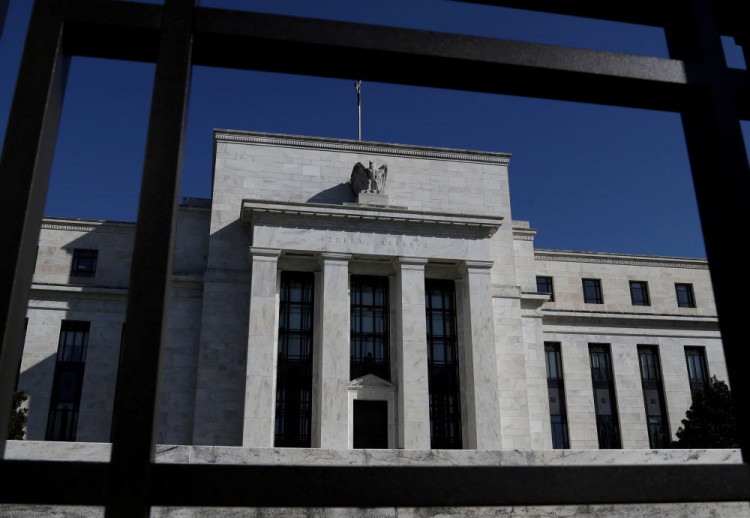On July 31, the Federal Reserve stated that the banking industry's lending standards had tightened during the second quarter, with loan demand continuing to be weak. This trend, which began before the turmoil in the banking industry, is still ongoing.
The credit officer survey published by the Federal Reserve on Monday showed that the proportion of U.S. banks tightening terms for commercial and industrial loans to large and medium-sized businesses had risen from 46% in the first quarter to 50.8%.
Since regional banks in the U.S. fell into turmoil in March of this year, there has been market concern that tightened bank lending conditions could push the U.S. economy into a recession. However, recent data shows that the U.S. economy has remained resilient despite the threat of Federal Reserve rate hikes and banking industry upheaval.
JPMorgan Chase posits that:
The intensity of tightening lending standards in banks has generally increased. Historically, tightened lending standards did not necessarily imply an imminent economic recession, but recent significant tightening indicates that the economy will likely slow down.
The Fed's survey also showed that although there has been improvement, credit demand is still quite low. The percentage of banks reporting weak demand for commercial and industrial loans from large and medium-sized businesses fell from 55.6% in the first quarter to 51.6%.
Figures in the survey are calculated as net percentages, which represent the share of banks reporting tighter conditions or stronger demand minus the proportion of banks reporting looser standards or weaker demand.
Regarding consumer loans, banks "reported having tightened standards for credit card loans and other consumer loans, while a modest net share reported having tightened auto loans." Banks also stated that they are raising the minimum credit score required to provide personal loans and are reducing credit limits in the $1.9 trillion consumer loan sector.
The survey, called the "Senior Loan Officer Opinion Survey," indicated that U.S. banks expect to further tighten standards for all types of loans within this year due to a less favorable or more uncertain economic outlook, and anticipated deterioration in the value of collateral and the quality of loan credit.
Banks are particularly concerned about commercial real estate due to the struggles of office landlords as remote work has increased due to the pandemic and higher interest rates.
The Federal Reserve raised its target for the benchmark interest rate for the 11th time since March 2022 last week, pushing it up to between 5.25% and 5.5%. Fed Chairman Jerome Powell stated at a press conference on Wednesday that the FOMC will make decisions on potential future rate hikes on a meeting-by-meeting basis.






